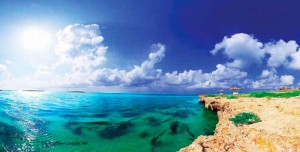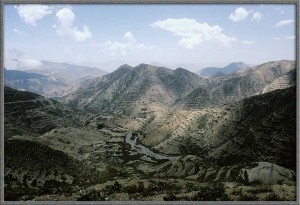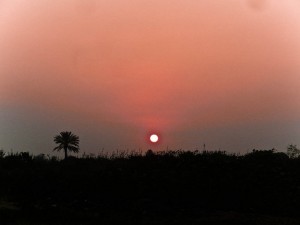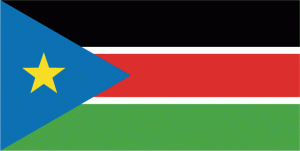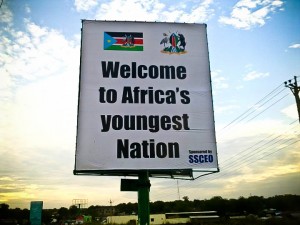Ivory Coast, as its name suggested, is located in the west coast of Africa. Ivory Coast used to be the most prosperous country in the Africa during the Cold War. People saw Ivory Coast as a luster pearl in West Africa in the past time. Although today’s Ivory Coast is no longer the most prosperous country in the whole Africa, Ivory Coast is still a good place to visit for the old cities, historical buildings and incredible natural beauty.
There are two major cities in Ivory Coast: Abidjan and Yamoussoukro. Abidjan was the capital city in the past and Yamoussoukro is the capital city right now. However, Abidjan is actually the center of economics and culture till now. The whole city Abidjan was built on several small islands and peninsulas near the Ebrie lake. Those islands are connected by bridges, which make Abidjan a beautiful coast city. Since Ivory Coast was one of the colony countries of France and Abidjan was the main city in the past, Abidjan has a French style. The beautiful streets, fantastic parks and historical universities made Abidjan the “little Paris” in the West Africa. Besides, Abidjan is located on the west coast of African continent, where near the Atlantic Ocean. As a result, the beaches in Abidjan is absolutely fantastic. One of the most famous beach in Abidjan is Assinie Beach. There are clear sky, cool sea water and soft white sands. It’s a perfect place for vacation. It’s not as crowded as Miami Beach and it’s not as expensive as Cancun. Besides beach, the location of Abidjan brings prosperous port economy. Abidjan Port was the biggest port in West Africa and the second biggest port in the whole Africa. If you walk along the port, you can not only enjoy the warm breeze, but also see how prosperous the economy of Ivory Coast was and how they created the “20-year miracle” during the Cold War.
Another wonderful city in Ivory Coast is the capital city Yamoussoukro. The government of Ivory Coast changed the capital city into Yamoussoukro in 1983. Yamoussoukro started to become famous and dynamic since 1983. One of the most important crop in Yamoussoukro is cacao. There was a famous saying that one half of the cacaos we used nowadays is from Ivory Coast. The plantation of cacao is the core of Ivory Coast economy. Besides the development of economy, the culture and public infrastructure developed a lot since 80s. One of the most famous building in Yamoussoukro is Basilique de Notre Dame de la Paix de Yamoussoukro–the peace Notre Dame church of Yamoussoukro. This church is largest Catholic church all over the world. It was built during 1985 and 1989. It cost the government of Ivory Coast 3 billion dollars to build this church. After 1989, the church became the most famous and hottest attraction in Yamoussoukro.
The climate of Ivory Coast is tropical rainy climate, so there monsoon in Ivory Coast. In order to have a wonderful vacation in Ivory Coast, the best time to visit Ivory Coast is late spring. You can have the best travel experience in Ivory Coast if you visit in April or May.
To draw a brief conclusion, Ivory Coast is definitely a fantastic place for travel. Welcome to Ivory Coast.











